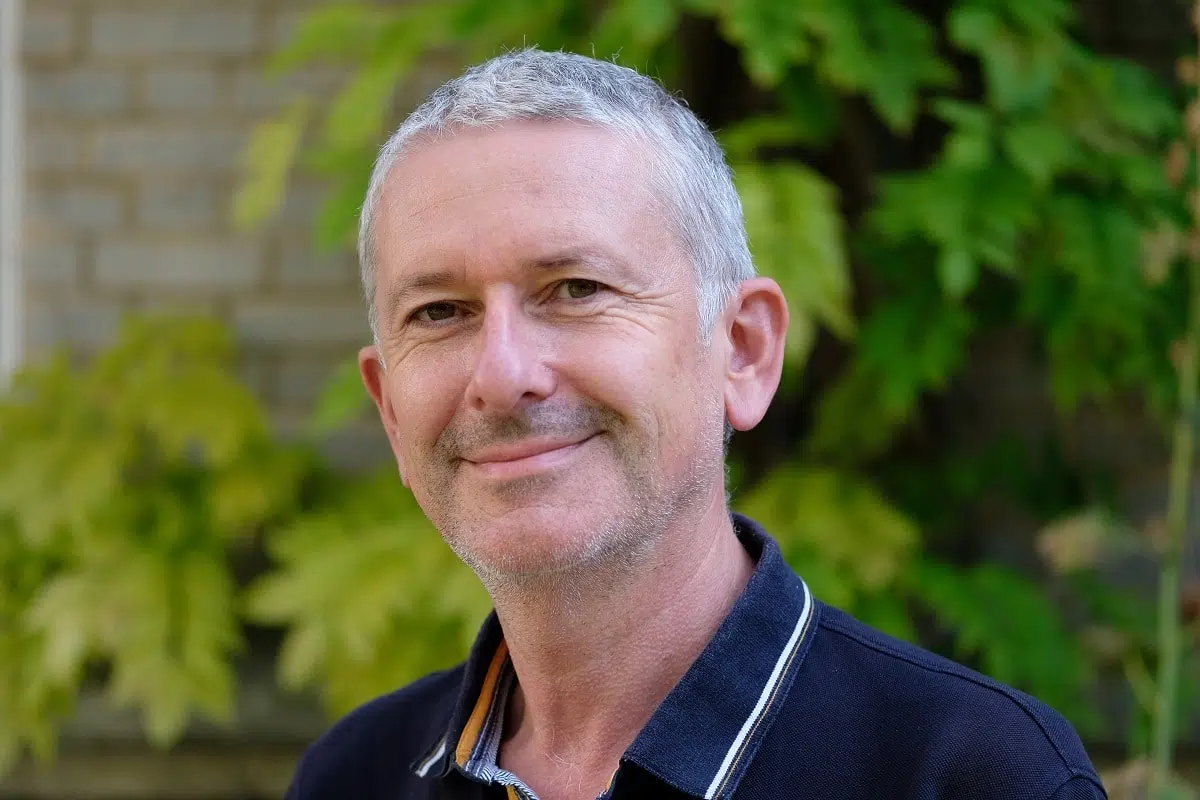Where is the Training Ground?

Written By Damien Brohon
Blog | Dzogchen practice | The Dzogchen Journey
In “Where is the Training Ground?” Damien explains how View, Meditation and Integration turn our lives and mind into training grounds.
[2]Series: Where to practice the Dzogchen path?
Where is the Training Ground?
Our atavistic habits profoundly shape our perception of ourselves, of others and of the world: it is as if every everyday gesture, every detail of our familiar environment confirms these limiting representations and distracts us from any possibility of recognizing the nature of mind (tib. sems nyid). Hence the need to leave our usual conditions to go on retreats. These breaks are certainly beneficial but they are only valuable because they prepare a return to our life in its entirety and in all its aspects. This is, of course, the ultimate training ground.
Nothing that constitutes our experience is excluded from the spiritual path because all phenomena – beautiful or ugly, noble or vile, are the appearances of the Base (tib. gzhi snang). Its emptiness-luminosity thus radiates in the form of the infinite variety of our sensations, experiences, thoughts, emotions and concepts if we know how to recognize them as such.
« (…) remembering not to forget to recognize your true nature, so that you can preserve it without interruption at all times, when you eat, sleep, walk, in action, whether you remain in equality meditation or in post-meditation. »
The practitioner of Dzogchen is also said to be like a deer – always alert. This metaphor means that – for example – the neurobiology researcher or the plumber-zinc worker who follow this tradition have an attitude of openness and attention to the whole of their experience because each moment may turn out to be a break from the sphere of karmic habit – and thus reveal the inherent Great Perfection of reality. Whether they are in a laboratory, on a rooftop, stuck in traffic, or standing in line at the grocery store, they always have the certainty of being exactly where they need to be in order to put into practice the instructions they have received. No matter the circumstances, it is the mind itself that is the training ground. Of course, such an attitude will remain a dead letter if it is not backed by a strong determination. This is rooted in the acute awareness of the precious and ephemeral nature of human existence: “Basically, if you just think about your own well-being in the lives to come, you will understand that there is no that you alone can practice what is called “Dharma”.
Although after your death you place all your hopes in the roots of virtue accomplished by others, it is indeed difficult to benefit from them.” advises Düdjom Rinpoche [1]. This is how one will engage in View, Meditation and Integration. The View of the nature of reality is the very foundation of this path: “(…) you will have to firmly establish what the primordial evidence is, this natural mode of being of absolute reality, the very nature of your mind, free from all the attributes artificially manufactured by the conventional mind. The primordial evidence will then emerge in its nudity, as primordial wisdom born of itself, inexpressible by words, impossible to illustrate by examples, neither degraded by saṃsāra nor improved by nirvāṇa. » [2]. Listening, reflecting and meditating on the teachings allows one to establish oneself in the View with increasing solidity.
Meditation thus consists of remaining in the View. Become familiar with it. Let our illusory graspings and identifications unravel by themselves. Düdjom Rinpoche describes it this way: “Whatever the appearances of objects arise, whatever may appear, be like a little child looking into a temple, and without engaging in grasping the apparent qualities, abide in freshness, so that all phenomena present themselves in their natural condition, without you altering it by any artifice. Their color does not change, their brightness does not fade, and although they manifest, you do not corrupt them with thoughts of grasping and attachment. Thus, all appearances and knowledge emerge as the naked wisdom which is emptiness-clarity. » [3]
This wonderful advice applies to both formal and informal practice. Meditation flourishes first within the framework of regular sitting and following precise instructions. Without this it is unrealistic to believe that you can practice informally during the day. In fact, our habit of distraction is so great that it sweeps away all our desire to maintain the View of the Great Perfection in our daily life. This must be rooted in regular meditation. Establishing this is a priority. The informal practice consists of constantly returning to the View whatever the events of our life. This is the Integration. It is about “(…) remembering not to forget to recognize your true nature, so that you can preserve it without interruption at all times, when you eat, sleep, walk, in action, whether you remain in equality meditation or in post-meditation. » [4]
The key word of Integration is therefore reminder. This is what makes – in reality and not as just another dream – each moment the training ground for fully realizing the clarity-luminosity, nature of our own mind.
[1] Translated into English from L’Alchimie des Êtres accomplis Une explication qui facilite la compréhension des instructions essentielles pour pratiquer les retraites de montagne, in La Guirlande d’Or du Trekchö, Textes nyingmapa choisis et traduit du tibétain par Philippe Cornu, éditions Rangdröl, 2013, p. 36. BACK
[2] Ibid, p. 27. BACK
[3]Ibid. p. 28. BACK
[4]Ibid. p. 29.
More Posts
Iceberg
Mareva takes us on an exploration of an iceberg, majestic both above and below the water and of the same nature as the ocean.
Vigilance as fine as sand
Paul suggests that we consider that our future is visible at any moment by looking at what is happening in our consciousness.
Oceanic Journeys
In « Oceanic journeys », Damien offers a tale that is a metaphor of the spirtual path according to the Great Perfection.





